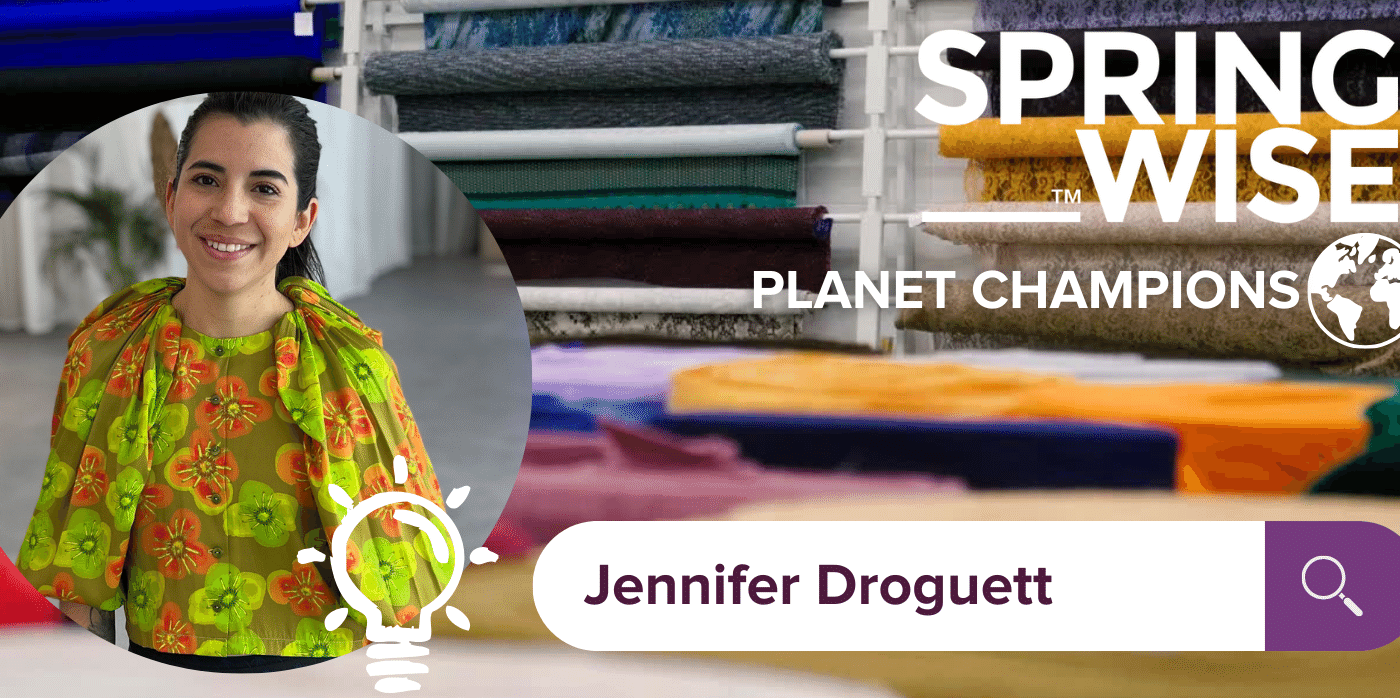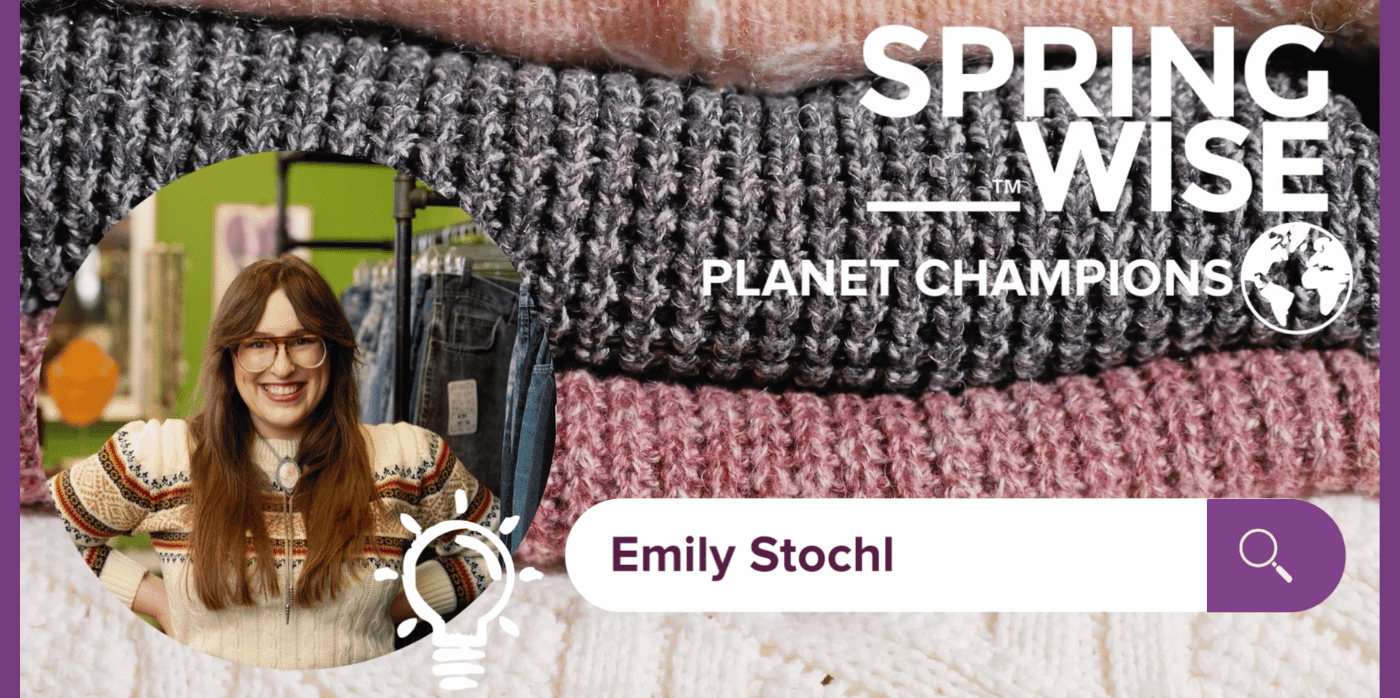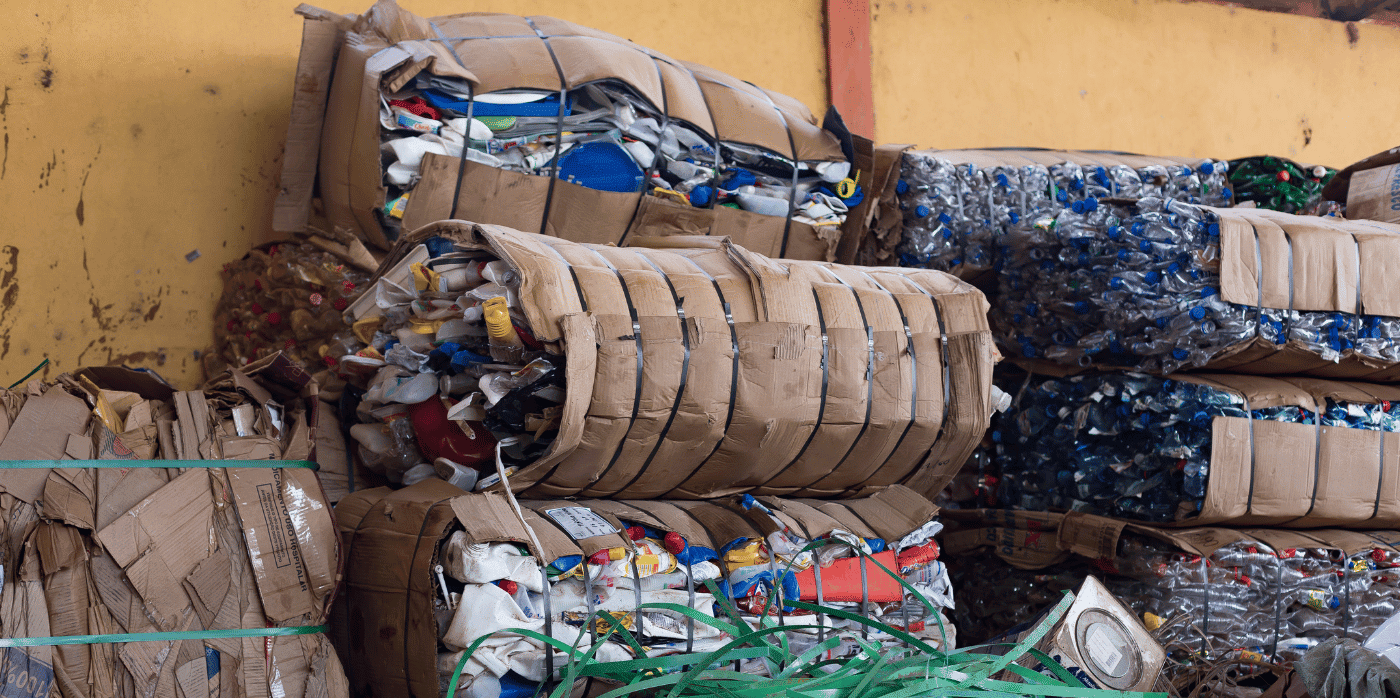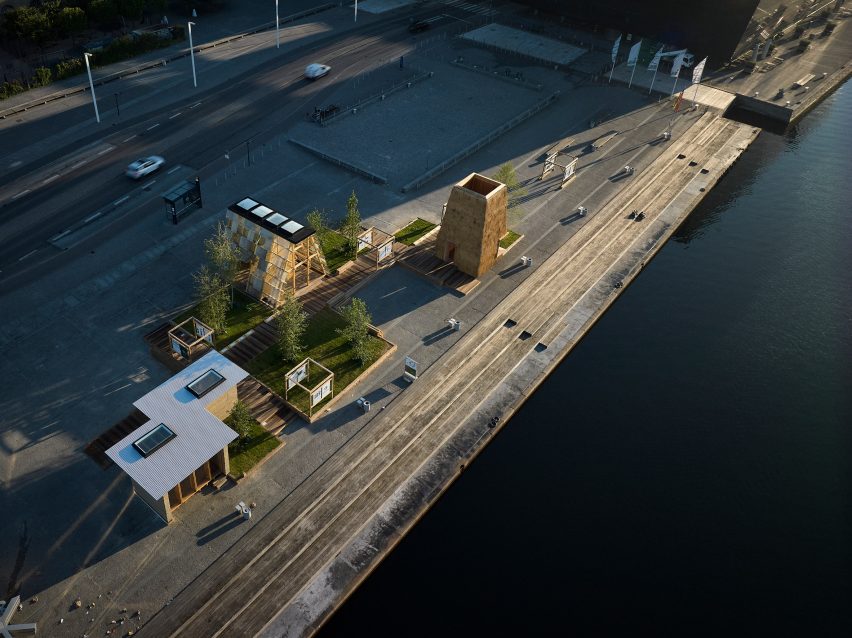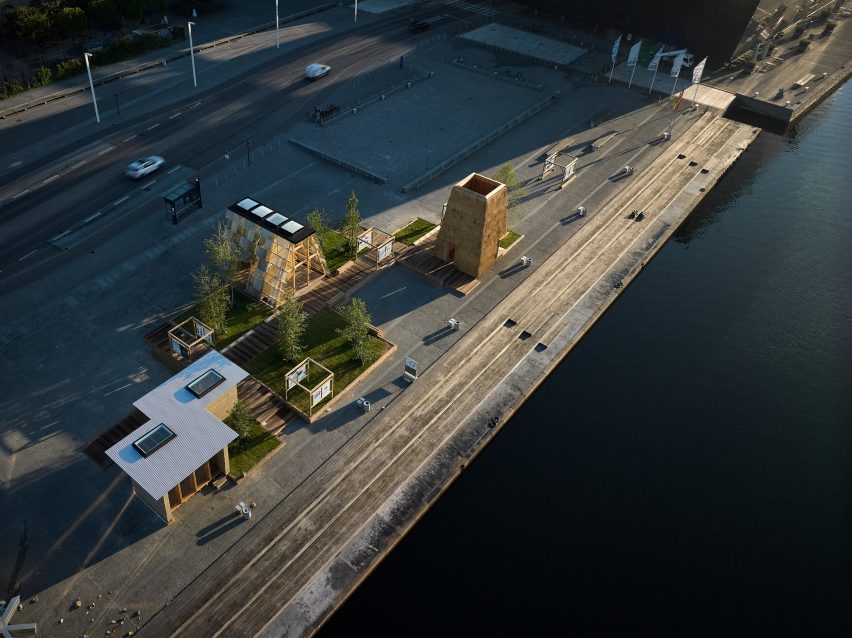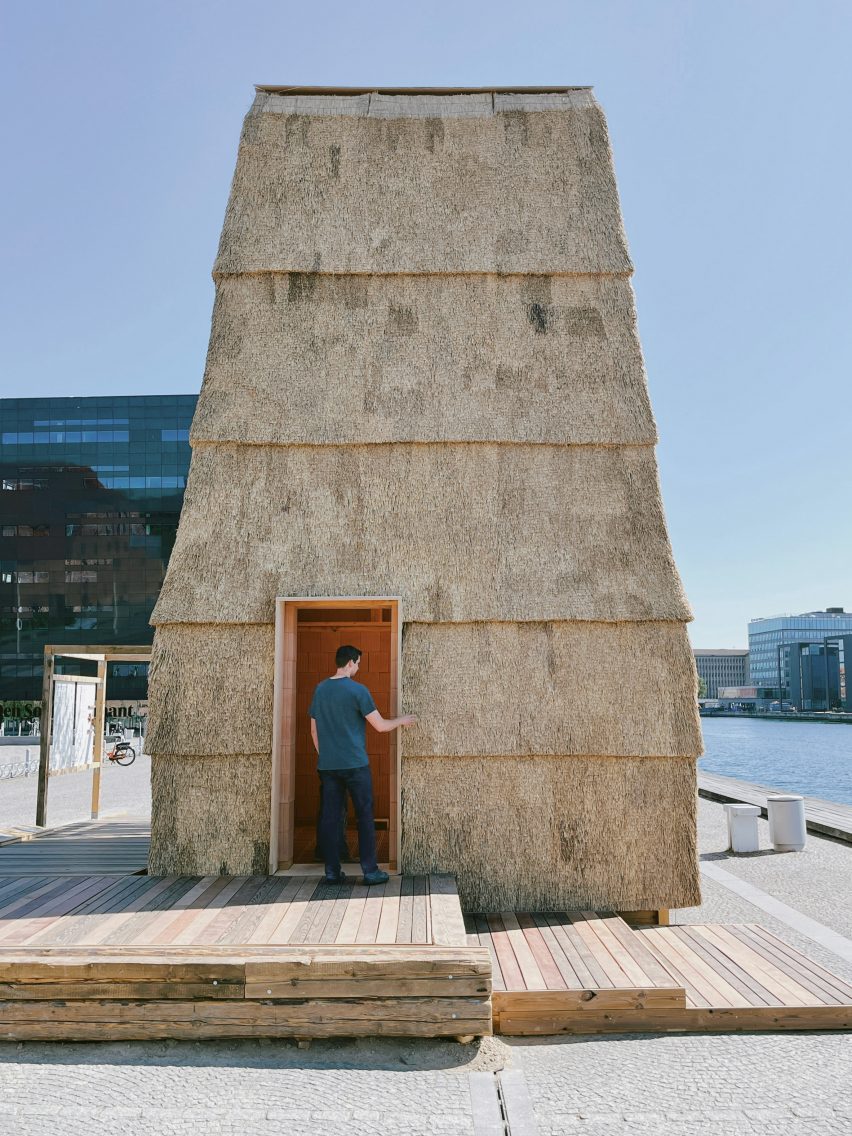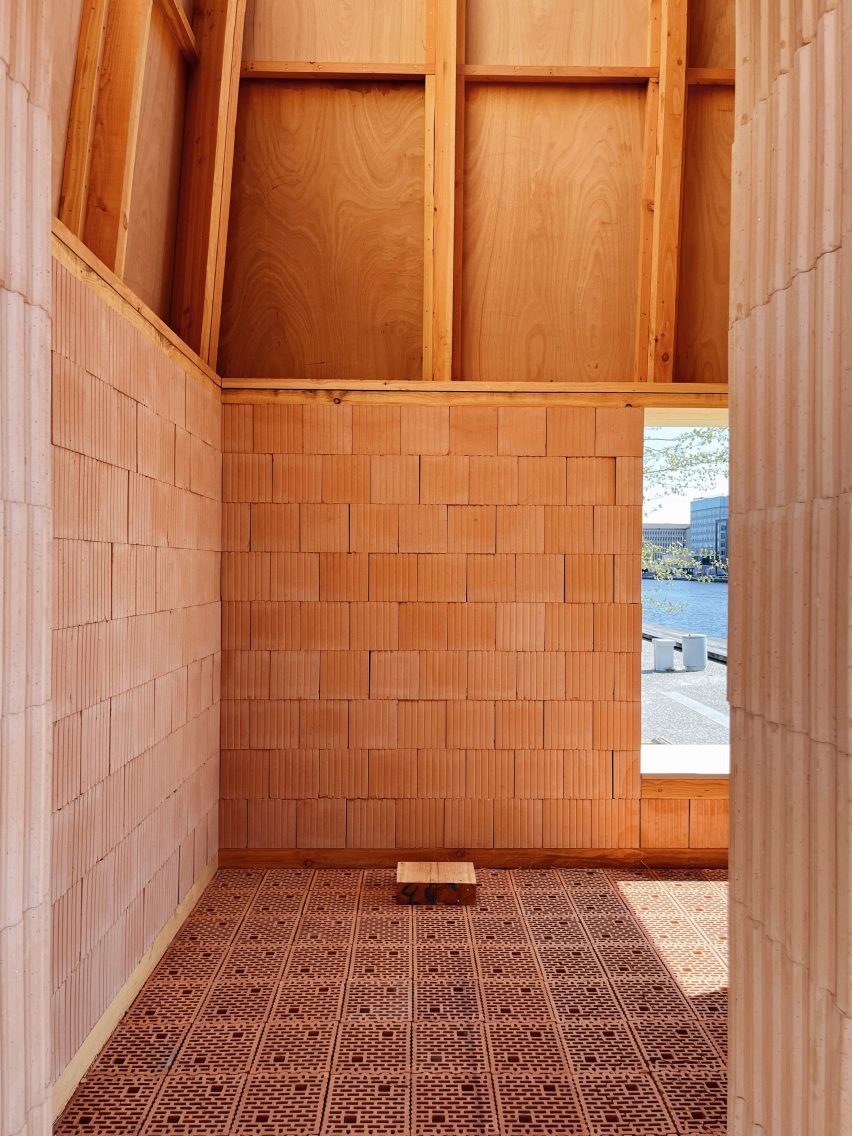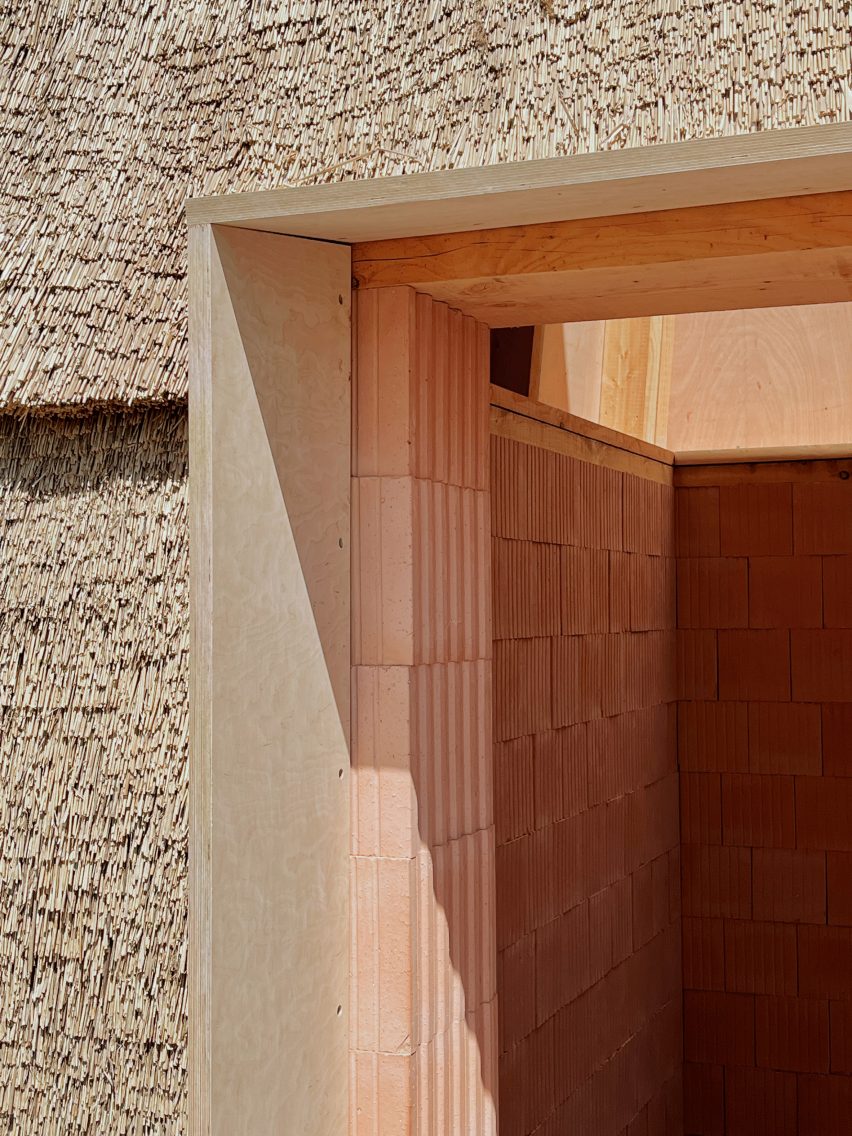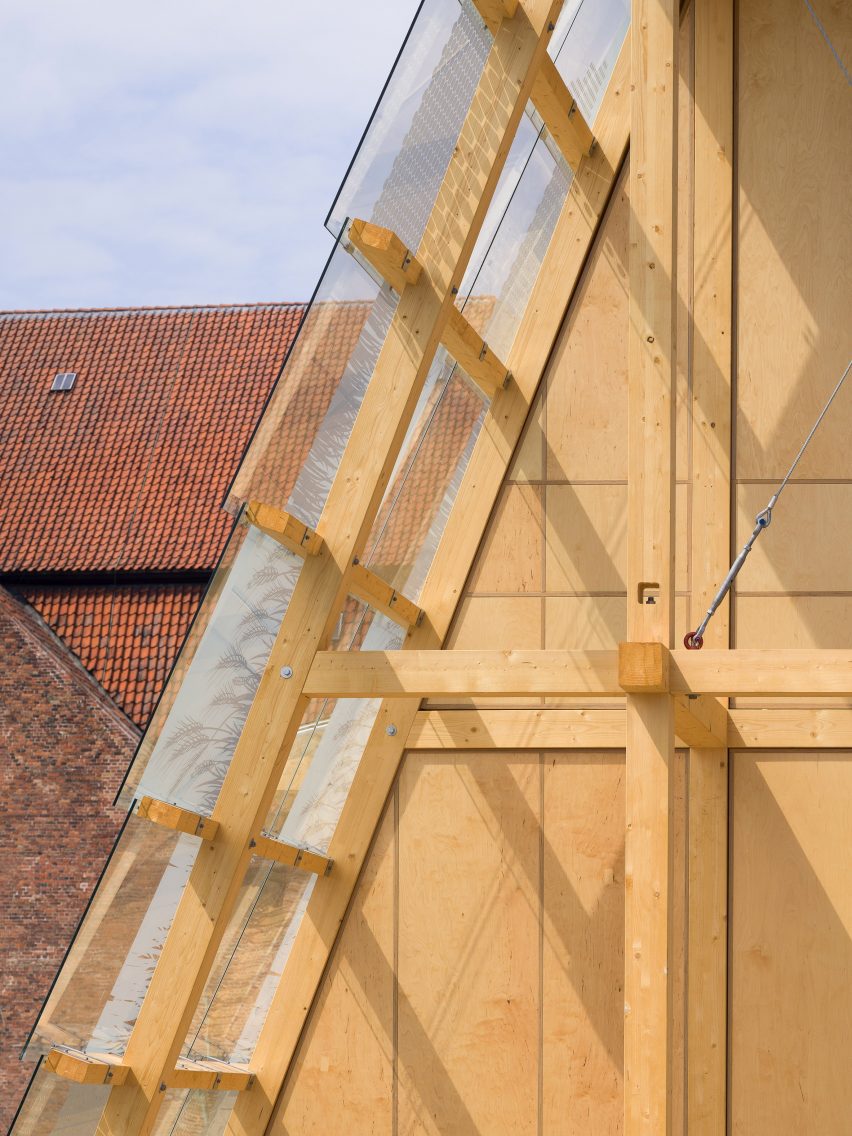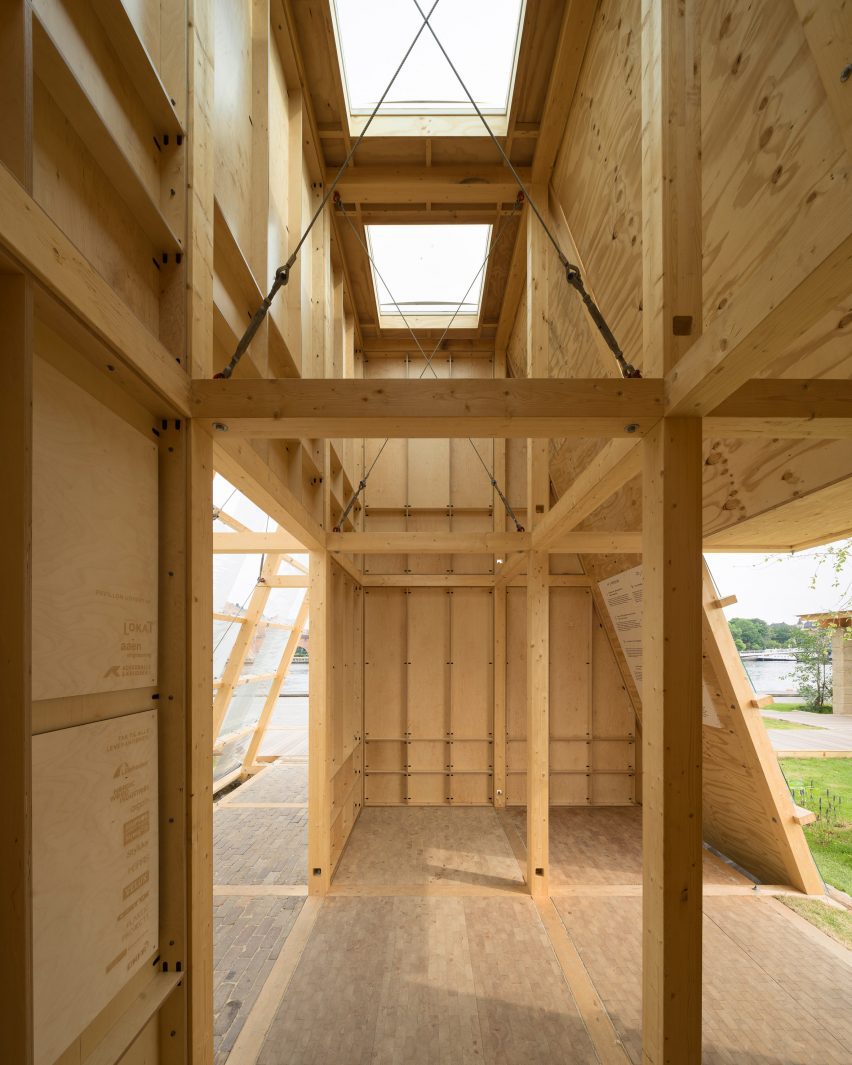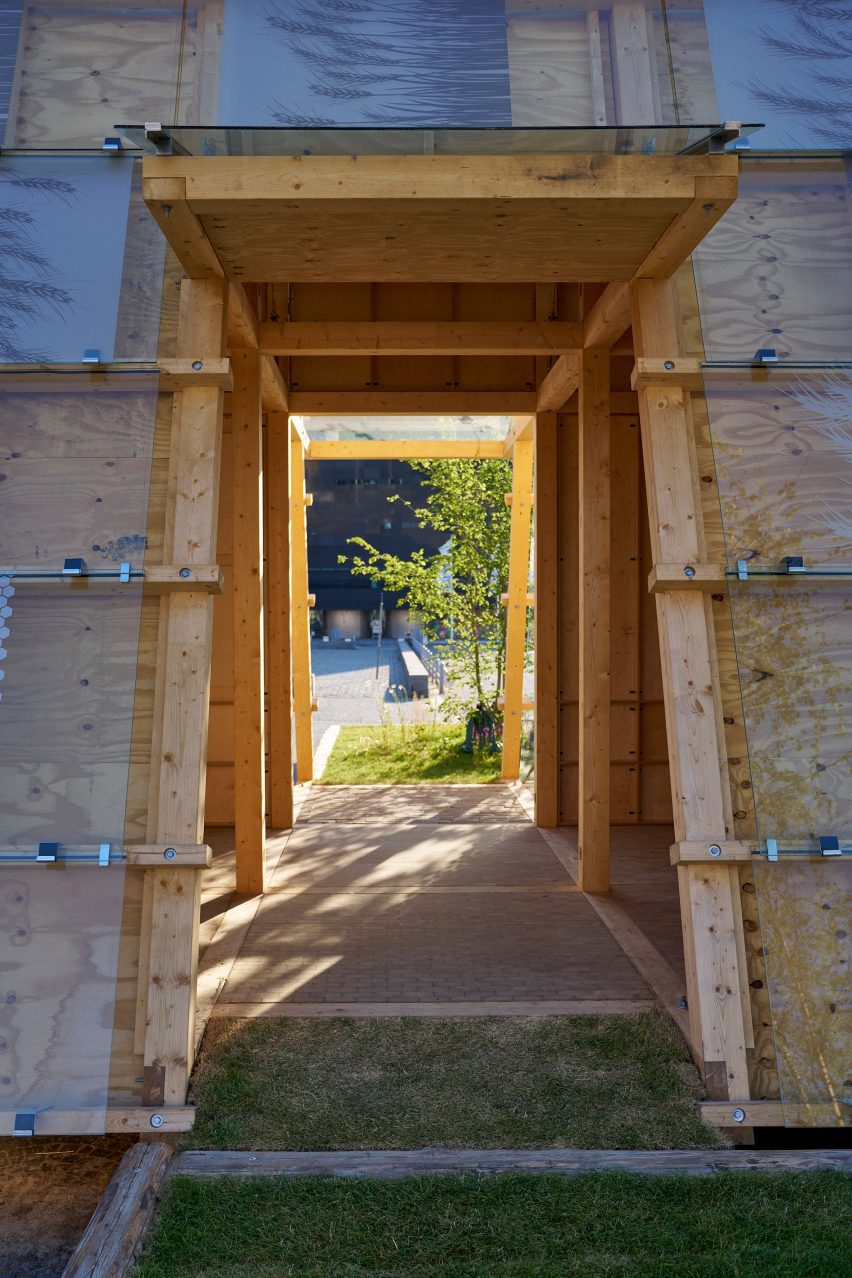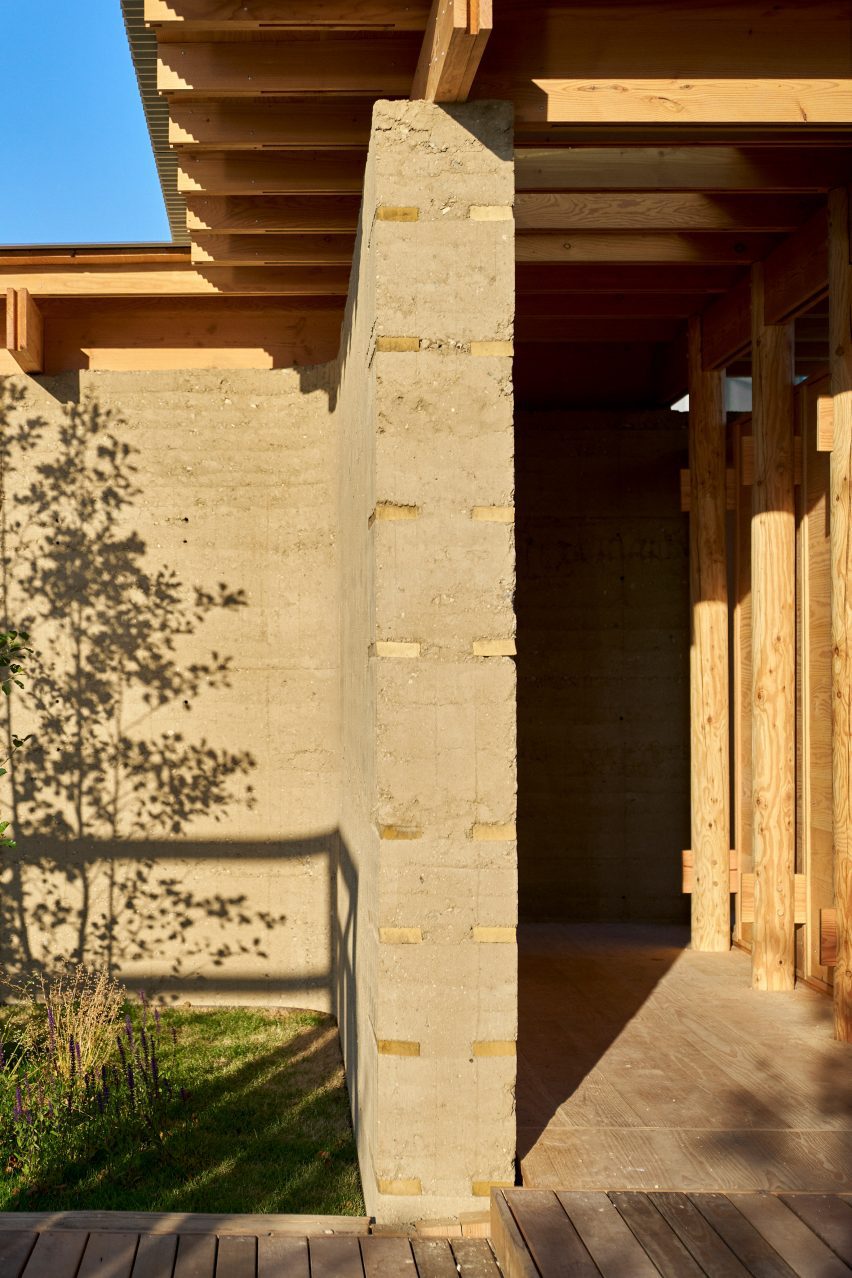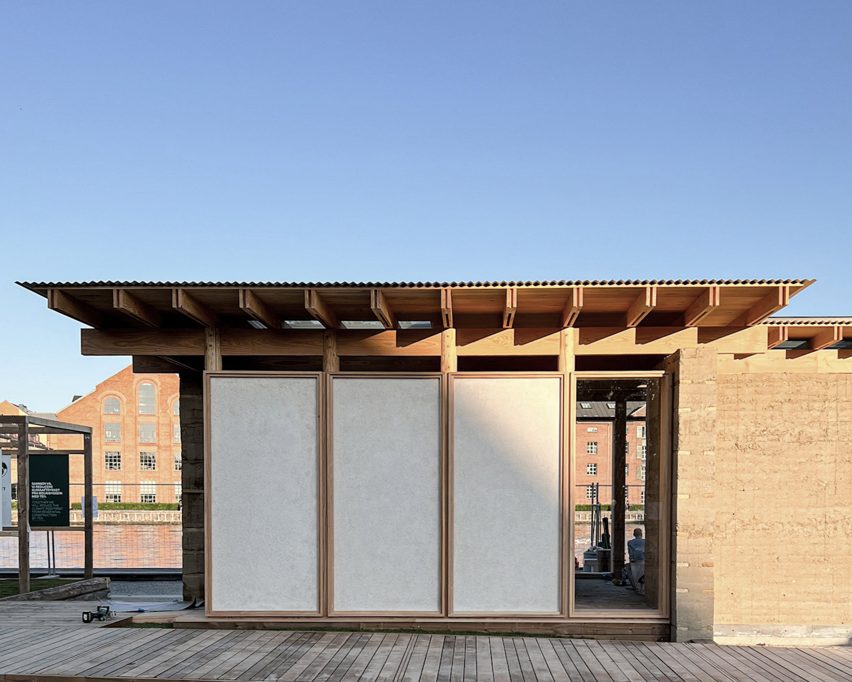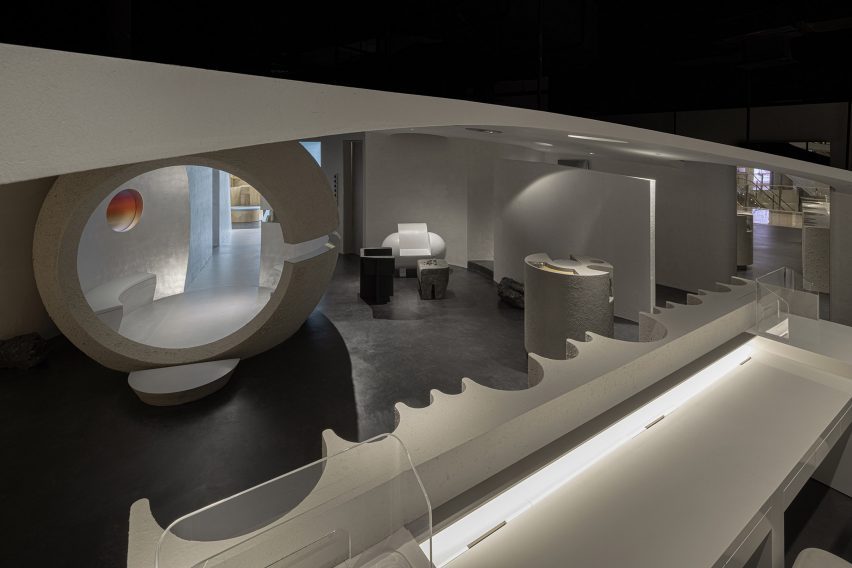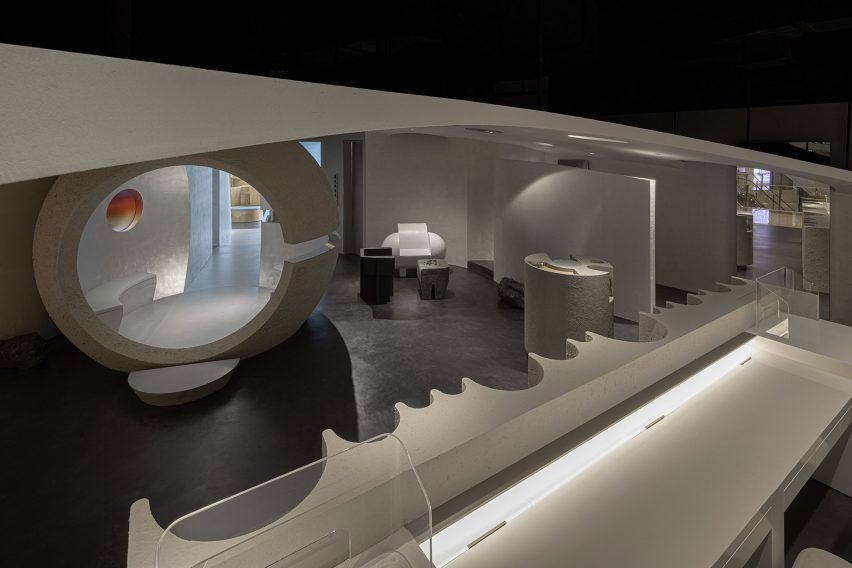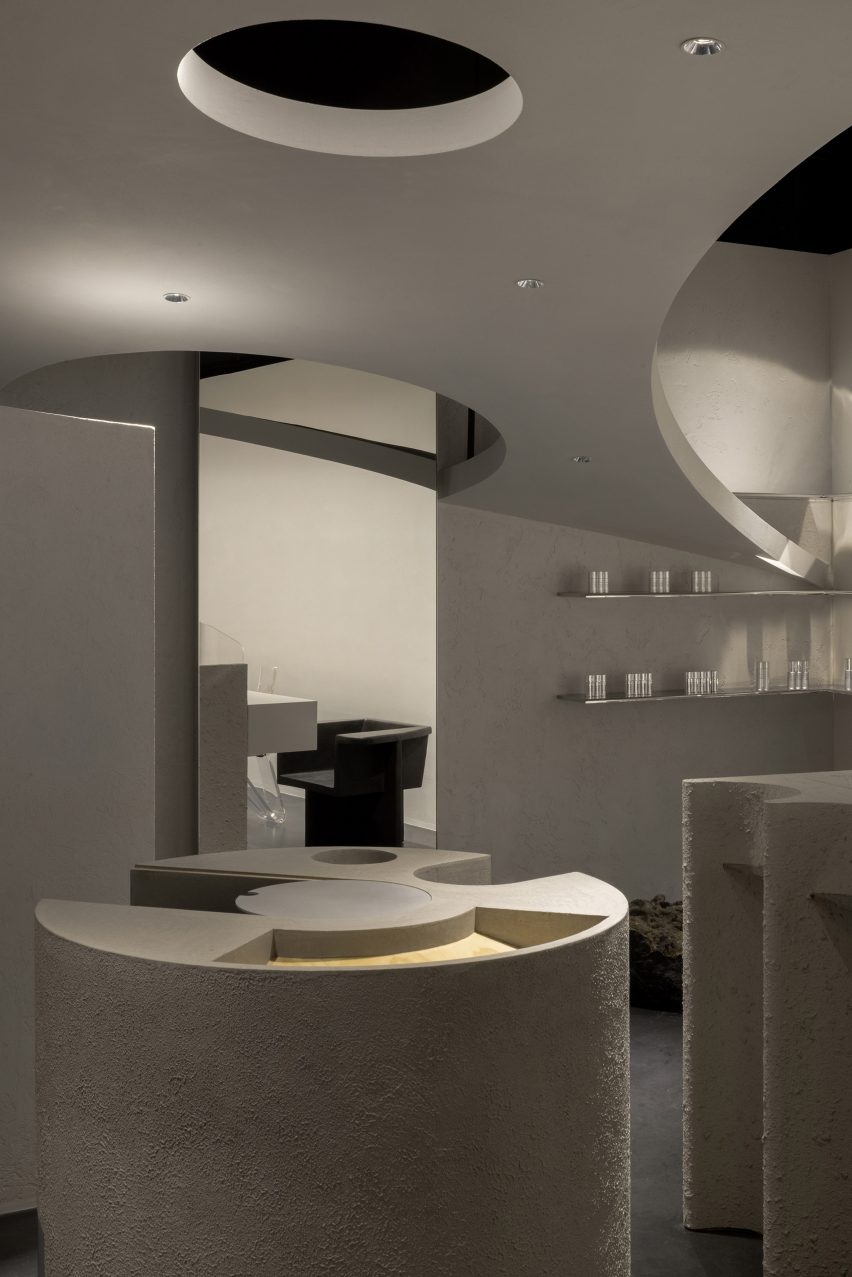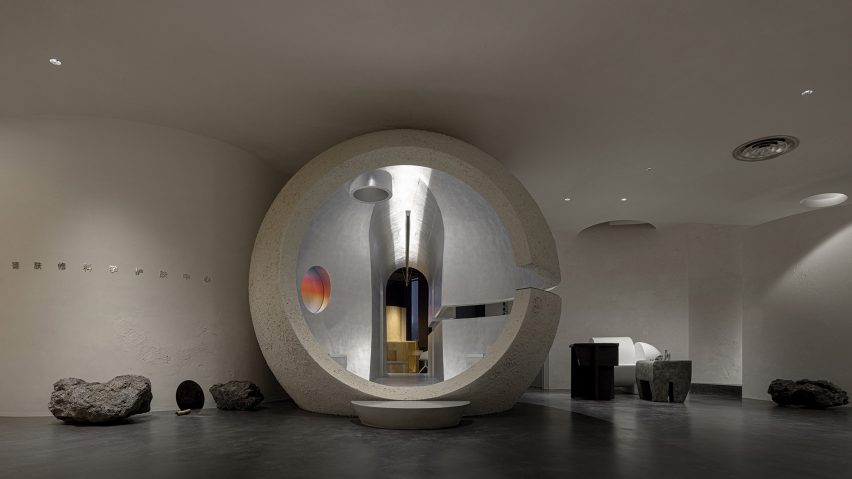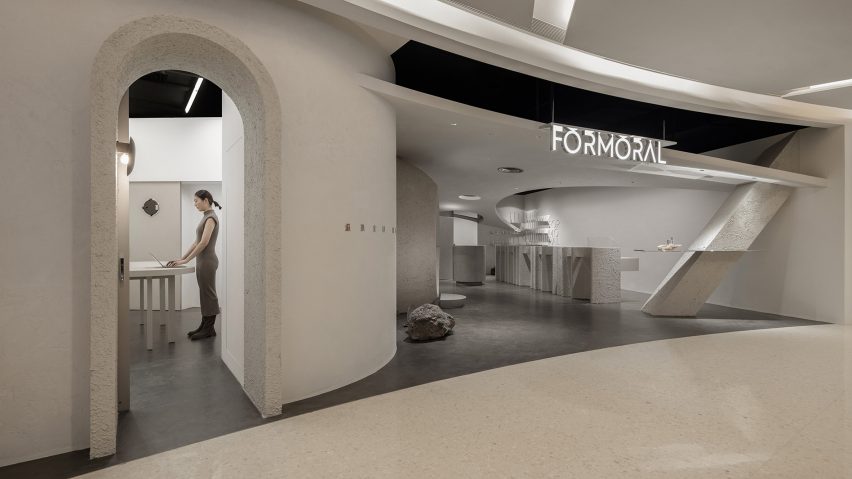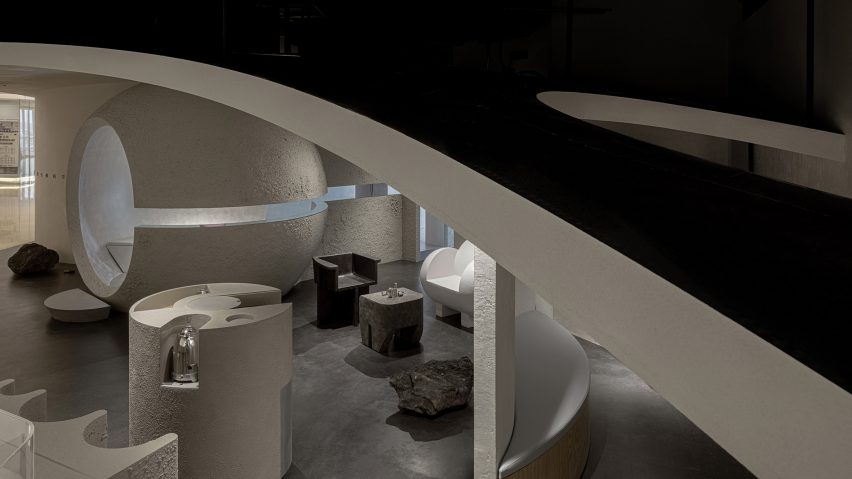Five ways business can make a positive impact on the planet
In 2002, Yvon Chouinard, founder of Patagonia, and Craig Mathews, founder of Blue Ribbon Flies, founded 1% for the Planet – an organisation that encourages businesses to commit to donating at least one per cent of their annual sales (not profits) directly to vetted environmental organisations. This giving is then tracked and certified by 1% for the Planet through receipts and revenue documentation.
Fast forward to today, and the organisation has certified $500 million in donations and has set an ambitious target to reach the $1 billion mark by 2027. “Of the $500 million, we certified a hundred million in 2023 alone and it’s made up of small and large donations,” says 1% for the Planet CEO Kate Williams. “It’s diverse, democratic, and distributed – most giving at scale is in big chunks by big players who are calling the shots, but we have a mix of players all over the world coming together and demonstrating that if everyone participates, we can drive big, smart change.”
The many organisations supported by 1% for the Planet members work towards a wide range of goals, which means that for businesses looking donate, there will be something that aligns with their ESG strategy and offers tangible results. We’ve picked five inspiring examples.

Going wild for nature
Walking through the lowland British countryside at the turn of the 20th Century, you would be surrounded by the thrum of life, from the drones of insects and the songs of skylarks and turtle doves to the ‘qwark-qwarks’ of toads. In the uplands, you would stand a chance of spotting a black grouse or maybe even a golden eagle. Today, not so much. Since as recently as the 1970s, 41 per cent of UK species have declined, and wherever scientists look – from farmland to coastal waters – the number and abundance of species is waning. Despite this, Rewilding Britain believes that through protection, restoration, and regeneration work, the rich mosaic of Britain’s habitats can be reclaimed, with benefits not just for biodiversity but also for climate change mitigation and adaptation. Local communities, meanwhile, benefit from more resilient and diversified nature-based economies, as well as improvements in mental and physical health. The organisation has built a network of around 800 rewilding members and 25 marine projects, covering 145,000 hectares of land and 50,000 hectares of sea. Its ultimate goal is to restore and connect habitats across at least 30 per cent of Britain’s land and sea by 2030. Find out more.
Note: Springwise supports Rewilding Britain through its 1% for the Planet donation.

Girl power
In sub-Saharan Africa, 600 million people live without electricity – over half of the region’s population. Hundreds of millions more survive with a limited or unreliable power source. Stable access to electricity is transformational for communities on the continent, and in off-grid areas there is a unique opportunity to bypass fossil fuels and go straight to cleaner forms of generation. For Solar Sister, women entrepreneurs are the key to this process, with the organisation investing in local women so that they can start, grow, and sustain successful clean energy businesses. Support comes in the form of training, mentoring, and a ‘business in a bag’ – a set of key tools to get business owners up and running. In 2018, the organisation set a target to recruit, train, and support 10,000 women by the end of 2023, which it successfully surpassed. Every dollar invested in Solar Sisters creates $10 of economic impact, the non-profit claims. Find out more.
Blue is the new green
Hugging the coastline of every continent except Antarctica is a belt of ‘blue carbon’ ecosystems. Coral reefs, seagrass meadows, mangroves, kelp forests, and wetlands, these marine habitats are hotbeds of biodiversity, and they also act as a massive carbon sink. For all the (justified) popular focus on rainforest preservation, research suggests that coastal wetlands sequester carbon at ten times the rate of mature tropical forests. But despite their importance to the global carbon cycle, marine habitats are among the most threatened on earth with 340,000 to 980,000 hectares of blue carbon ecosystem lost each year. SeaTrees is a programme run by US non-profit Sustainable Surf that delivers coastal restoration projects across all five of the main blue carbon habitats. The on-the-ground legwork is delivered by local charity partners, and the projects deliver benefits to both people and the environment. To date, SeaTrees has planted just under 3 million mangrove trees and 40,000 square feet of seagrass, while restoring over 500,000 square feet of kelp, 14,500 coral fragments, and 85,000 square feet of watershed. Find out more.

From food waste to fine fare
According to the Food and Agriculture Organization of the UN (FAO), if you could collect all the food that is lost and wasted around the world, it would be enough to feed 1.26 billion hungry people every year. In the UK alone, we throw away 9.5 million tonnes of food waste in a typical year – even though 8.4 million people live in food poverty. FareShare is the UK’s national network of food redistributors. Collecting surplus food from businesses across the food supply chain, its 18 member organisations provide the ingredients for nutritious meals to frontline charities and community groups. Delivered via homeless shelters, schools, lunch clubs, and community cafes, the rescued food nourishes vulnerable people of all ages from schoolchildren to the elderly. Each week, FareShare provides enough food to feed almost a million people. Find out more.
Securing Mother Earth’s sacred spaces
In 1990, a gathering of tribal grassroots youth and Indigenous leadership came together in the US to compare notes on the environmental ills afflicting their respective lands, waters, and communities. Out of this was born the Indigenous Environmental Network (IEN), an organisation that helps tribal governments and Indigenous communities build mechanisms to protect their sacred sites and natural resources for the benefit of all living things. In the process, the network facilitates economically sustainable communities and promotes environmentally friendly livelihoods. Practically speaking, IEN acts as a clearinghouse for information, organises campaigns, and convenes meetings of Indigenous community and youth groups, primarily in North America, but also globally. Find out more.
The world is facing many environmental crises from climate change to biodiversity loss. But 1% for the Planet’s environmental partners are demonstrating that, despite this, there is cause for hope. The giving of thousands of global businesses adds up to a lot, and is being translated into tangible action on the ground.
Written By: Matthew Hempstead
Springwise is proud to be a member of 1% for the Planet. We feature Kate Williams in our latest report, Horizon 2030, where she shares how business is helping drive positive change as we approach the end of this decade. To read her opinion piece in full download Horizon 2030 here.


